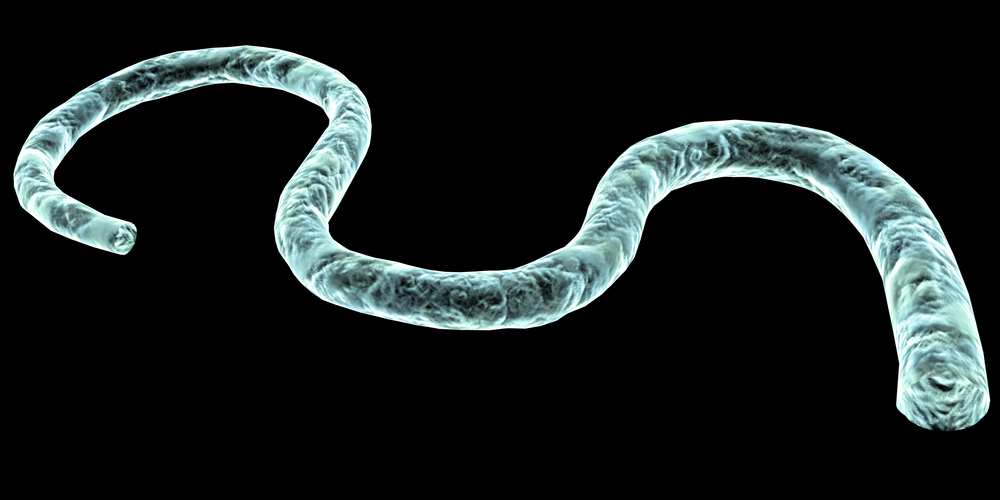The major medical difference between cord blood and cord tissue is the types of stem cells that each contains. Cord blood, contains hematopoietic stem cells (HSCs), which mature into blood and immune cells. Cord blood stem cells currently have the potential to treat 82 diseases and conditions, including cancer, leukemia and lymphoma, anemia, metabolic disorders and other congenital immune deficiencies.
Cord tissue, on the other hand, contains mesenchymal stem cells (MSCs), which mature into cells that form the skeletal and structural components of the body, such as cartilage (chondrocytes), bone (osteoblasts), fat (adipocytes), and other forms of connective tissue. There are not yet any conditions established to be treatable with cord tissue, although there are many potentially promising applications. Parents electing to store cord tissue are doing so because they believe that future medical advances will be made with the MSCs sourced from this tissue.
Mesenchymal stem cells (MSCs) can also be derived from other tissues than umbilical cord tissue.
The most common adult sources of MSCs include:
- Stroma of Bone Marrow: This was the first isolated source and remains the most common one.
- Adipose Tissue: Represents a readily available source of MSCs.
- Dental Pulp: A rich source for dental pulp MSCs is the developing tooth bud of the mandibular third molar. MSCs derived from this source demonstrate a preference to capacity to differentiate into bone and neurons.[1]
The most common fetal sources of MSCs include:
- Umbilical Cord Blood: MSCs can be derived from umbilical cord vasculature, although their low count per volume would require expansion to obtain clinically useful quantities
- Wharton’s Jelly: MSCs are also found within this gelatinous substance within the umbilical cord.
- Placenta: MSCs can be derived from several placenta components, including the chorion, amnion, and villous stroma.[2]
This is significant because clinical advances with MSCs derived from other sources will create a greater willingness to explore clinical advances for cord tissue derived mesenchymal stem cells.
Conditions Potentially Treatable with Cord Tissue Mesenchymal Stem Cells
Currently, there are a number of clinical trials underway to investigate the therapeutic potential of mesenchymal stem cells derived from umbilical cord tissue. Specific conditions being researched for their potential to be treated with MSCs derived from cord tissue include those shown below.
TABLE. Conditions Potentially Treatable with Cord Tissue Derived Mesenchymal Stem Cells
As of January 17, 2016, PubMed.gov returns 306 scientific articles when the terms [“Wharton’s Jelly” OR “Cord Tissue”] are searched in combination with the terms [“Mesenchymal Stem Cell” or “Mesenchymal Stem Cells”]. This shows that a substantial quantity of scientific research is also occurring around the topic of cord tissue derived mesenchymal stem cells.
Want to be better informed than your competition? Get future stem cell industry updates.
About Us
BioInformant is the only research firm that has served the stem cell sector since it emerged. Our management team comes from a BioInformatics background – the science of collecting and analyzing complex genetic codes – and applies these techniques to the field of market research. BioInformant has been cited by major news outlets including the Wall Street Journal, Nature Biotechnology, CBS News, Medical Ethics, and the Center for BioNetworking. Serving Fortune 500 leaders that include GE Healthcare, Pfizer, Goldman Sachs, and Becton Dickinson, BioInformant is your global leader in stem cell industry data.
Click here to view our global strategic reports for the stem cell and cord blood industry.
Footnotes:
[1] Yu J, Wang Y, Deng Z, Li Y, Shi J, Jin Y. Odontogenic capability: bone marrow stromal stem cells versus dental pulp stem cells. Biol Cell 2007; 8: 465–474.
[2] Portmann-Lanz CB. Placental mesenchymal stem cells as potential autologous graft for pre- and perinatal neuroregeneration. Am J Obstet Gynecol 2006; 194(3): 664-673.<small
